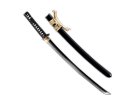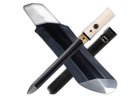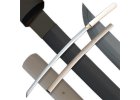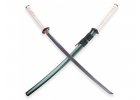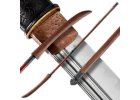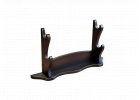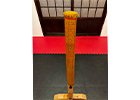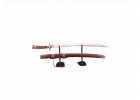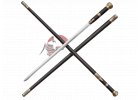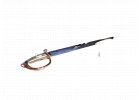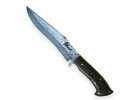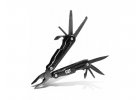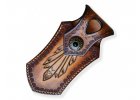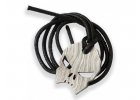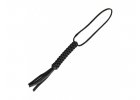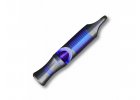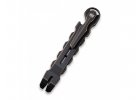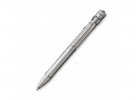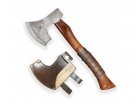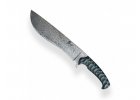The battle axe is a historical weapon that has played a key role in many military conflicts around the world. These axes evolved as an effective tool for close-quarters (man-to-man) combat and took different forms and designs depending on the culture and historical period. Battle axes usually had a blade at one end and a heavier pommel at the other end, allowing for effective strikes with both slashing and stabbing motions. They could also have different lengths and shapes of handles. Battle axes were popular with many ancient and medieval cultures, including the Vikings, Normans, Germanic tribes, Mongols, and many others. They were used by both infantry and cavalry, and their use was common in both open field combat and sieges. Over time, the design of battle axes has changed according to needs and technological advances, but the principles of effectiveness and efficiency have remained similar. Today, battle axes are still popular props in movies, plays and historical re-enactments, retaining their fascinating character and historical significance. The so-called bearded axes in medieval Scandinavian countries were a common equipment and tool for Viking warriors and tribes. These axes were used not only for work, such as building ships, houses, or carts, but also as weapons for close combat. There was a difference in construction between battle axes and farm axes. Battle axes were light and fast, suitable for both throwing and quick attacks, while farm axes were larger and used for chopping wood. In our offer you will find fully functional Viking battle axes, which can be completed by adding your name, initials or other symbols to the ax head.

_-_edited.png)
